- Scientists and researchers interested in the development of particles and microneedles for transdermal delivery.
- Anyone interested in or working on the characterization of materials and pharmaceutical forms by Nano Series instruments.
- Learn how the results obtained by Nano Series instruments helped the characterization of nanoparticles.
- Discover how the agitation and polymer ratio helped to optimization of nanoparticles.
- Understand why the responses of size and PDI were influenced by agitation and polymer ratio, also how the microneedles helped to increase the penetration of the particles across the stratum corneum for transdermal delivery.
Biodegradable Microneedle Arrays for Blood Pressure Control - Ask an Expert
May 25, 2023 | 16:30 - 17:30 CET | Virtual

About The Event
The aim of this work was to develop and characterize biodegradable polymeric microneedle arrays loaded with (i) losartan potassium powder and (ii) nanoparticles loaded with losartan potassium dispersed in a polymeric matrix (starch/gelatin), as innovative pharmaceutical forms intended to be used for blood pressure control. The lecithin/gelatin nanoparticles were prepared by the desolvation method. The independent variables were the lecithin/gelatin amount and the stirring speed, while particle size, PDI (polydispersity index), and entrapment efficiency were the dependent variables studied. The optimized nanoparticle formulation was also characterized in terms of ζ potential and morphology. The mold of the microneedle manufacture was created using a 3D printer by molding, and the microneedle arrays were prepared using the micromolding method. The independent variables were the starch/gelatin amount and drug form, while the fracture force, bioadhesion, and post-wetting bioadhesion were the dependent variables evaluated. The optimized microneedle array formulations were also characterized and evaluated in terms of morphology, release profiles, and in-vitro losartan skin permeation studies. The optimized nanoparticle formulation was of 170.3 ± 3.1 nm in size, with 0.201 ± 0.013 of PDI, 40.45 ± 2.27% of entrapment efficiency, and − 32.9 ± 0.8 mV of ζ potential. The mold had an array of 25 microneedles with a height of 1.5 mm each. The optimized microneedle arrays were successful in terms of fracture force, with a value of 408.3 ± 6.1 gf for MP and 320.2 ± 17.4 gf for MN. The results of in-vitro skin permeation studies indicated that therapeutic losartan concentrations can be reached by using a microneedle array of 49 cm2 for MP and 13 cm2 for MN. The optimal formulation of the microneedle array with nanoparticles constitutes the most suitable option for skin losartan delivery. For inclusion in the webinar presentation, questions and data can be submitted up to 10 days in advance by emailing askanexpert@malvernpanalytical.com. There is also the opportunity to ask questions on the day.
More information
Who should attend?
What will you learn?
Ask an Expert Series
Our popular ‘Ask an Expert’ webinar series is meant for students, researchers, and professors who want to deepen their knowledge, sharpen their analytical methods, or find out how to improve their data.
The free webinars provide extensive materials analysis information and answer your most frequently asked questions. They’re the ideal way to improve your materials science research and engineering knowledge.
We’ll assume you’ve watched our previous webinars if we’ve explored a topic before. Don't worry if you missed it or can't remember it – you can watch previous webinars here.
For a full overview of the 2023 program, click here.
To watch our webinars from previous years, take a look at the full program recordings here.
